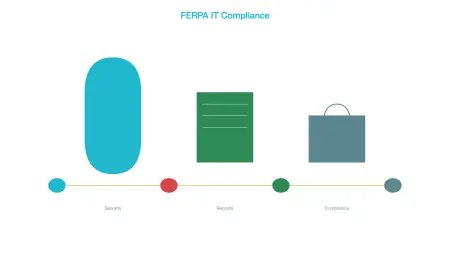Building a Secure Wi-Fi Network: Best Practices for 2025
Learn how to implement a secure Wi-Fi network in 2025 with best practices for safety, performance, and compliance.

Wi-Fi networks are now the foundation of connectivity in both personal and professional contexts. However, as our reliance on wireless technology grows, so does the need for robust security. Implementing a secure Wi-Fi network isn’t just about avoiding unauthorized access—it’s about safeguarding sensitive data, ensuring compliance, and maintaining performance.
Whether you’re setting up a home office, managing a small business, or designing enterprise-grade infrastructure, following a structured approach to security can make all the difference.
Why Wi-Fi Security Matters More Than Ever
Cyber threats have evolved, and attackers are increasingly targeting Wi-Fi vulnerabilities to infiltrate networks. Weak encryption, outdated hardware, and poor access controls can give hackers a clear path to valuable information.
The risks include:
-
Data breaches that expose sensitive information.
-
Unauthorized bandwidth usage that slows down network performance.
-
Regulatory non-compliance for businesses handling confidential data.
-
Device hijacking for botnet activity or further cyberattacks.
A secure Wi-Fi network ensures both privacy and operational reliability.
Step 1: Choose the Right Hardware
Security starts with hardware. Modern Wi-Fi routers and access points come with improved encryption standards and firmware designed to counter evolving threats.
Key considerations:
-
Opt for a router that supports WPA3 encryption.
-
Select enterprise-grade access points if you’re running a large network.
-
Ensure the device manufacturer provides regular firmware updates.
Step 2: Secure the Network Credentials
Your first line of protection is your Wi-Fi password. Weak or default passwords are an open invitation to intruders.
Best practices:
-
Use at least 12–16 characters with a mix of uppercase, lowercase, numbers, and symbols.
-
Avoid dictionary words, personal names, or birth dates.
-
Change the default administrator username and password for the router.
Step 3: Enable Strong Encryption
Encryption ensures that even if traffic is intercepted, it remains unreadable to unauthorized parties.
-
WPA3 is the latest standard and offers the strongest protection.
-
Use WPA2-AES instead of antiquated protocols like WEP or WPA-TKIP if WPA3 is not available.
Step 4: Implement Network Segmentation
Segmenting your network adds an extra layer of security by limiting access. For example, your business Wi-Fi should be separate from guest or IoT device networks.
-
Create a Guest Network with restricted permissions.
-
Isolate smart devices from critical systems.
Step 5: Keep Firmware Updated
Routers, like any connected device, require software patches to address security flaws.
-
Set up automatic updates if supported.
-
Schedule quarterly manual checks for firmware upgrades.
Step 6: Control Device Access
Not every device should have unrestricted access to your network.
-
Only authorized devices can be allowed by using MAC address filtering.
-
Disable unused physical Ethernet ports on the router.
Step 7: Enable Network Monitoring
Real-time monitoring helps detect unusual activity before it becomes a serious issue.
-
Use built-in router logs to spot suspicious IP addresses.
-
Consider professional support IT solutions to ensure your network remains compliant and secure.
Step 8: Educate Users
Technology alone isn’t enough—users must follow safe practices.
-
Avoid connecting to unknown Wi-Fi networks.
-
Never share credentials over unencrypted channels.
-
Use VPNs when accessing sensitive data remotely.
FAQ: Secure Wi-Fi Network Implementation
Q1: What is the safest encryption method for Wi-Fi?
WPA3 is currently the most secure Wi-Fi encryption method, offering stronger protection against brute-force attacks.
Q2: Should I hide my Wi-Fi SSID for better security?
Hiding your SSID can reduce visibility to casual users, but it’s not a strong security measure on its own. It should be paired with encryption and strong passwords.
Q3: How frequently should my Wi-Fi password be changed?
Every 6–12 months is recommended, or immediately if you suspect unauthorized access.
Q4: Can IoT devices weaken my network security?
Yes. IoT devices often have weaker security features. Place them on a separate network to prevent exposure of critical systems.
Files
What's Your Reaction?
 Like
0
Like
0
 Dislike
0
Dislike
0
 Love
0
Love
0
 Funny
0
Funny
0
 Angry
0
Angry
0
 Sad
0
Sad
0
 Wow
0
Wow
0





















































